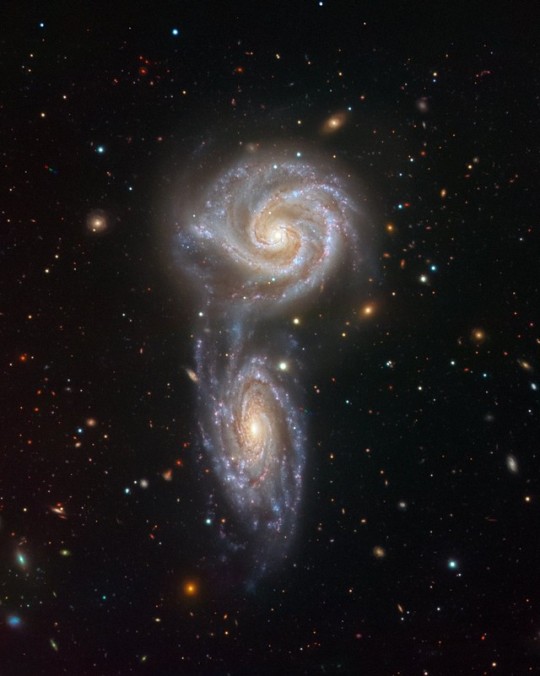Photo




Between the pun, the read, the fact that she burst out laughing at her own joke like there was no tomorrow and that Aquaria didn’t even know where anyone was for most of the episode, this was an experience.
5K notes
·
View notes
Text
What are the Universe’s Most Powerful Particle Accelerators?
Every second, every square meter of Earth’s atmosphere is pelted by thousands of high-energy particles traveling at nearly the speed of light. These zippy little assailants are called cosmic rays, and they’ve been puzzling scientists since they were first discovered in the early 1900s. One of the Fermi Gamma-ray Space Telescope’s top priority missions has been to figure out where they come from.

“Cosmic ray” is a bit of a misnomer. Makes you think they’re light, right? But they aren’t light at all! They’re particles that mostly come from outside our solar system — which means they’re some of the only interstellar matter we can study — although the Sun also produces some. Cosmic rays hit our atmosphere and break down into secondary cosmic rays, most of which disperse quickly in the atmosphere, although a few do make it to Earth’s surface.
Cosmic rays aren’t dangerous to those of us who spend our lives within Earth’s atmosphere. But if you spend a lot of time in orbit or are thinking about traveling to Mars, you need to plan how to protect yourself from the radiation caused by cosmic rays.

Cosmic rays are subatomic particles — smaller particles that make up atoms. Most of them (99%) are nuclei of atoms like hydrogen and helium stripped of their electrons. The other 1% are lone electrons. When cosmic rays run into molecules in our atmosphere, they produce secondary cosmic rays, which include even lighter subatomic particles.
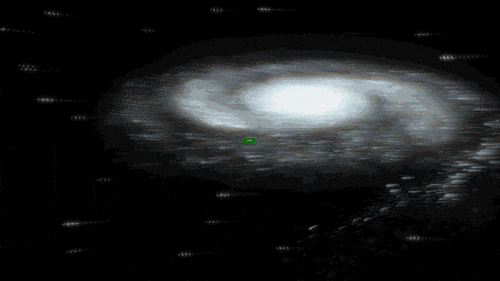
Most cosmic rays reach the same amount of energy a small particle accelerator could produce. But some zoom through the cosmos at energies 40 million times higher than particles created by the world’s most powerful man-made accelerator, the Large Hadron Collider. (Lightning is also a pretty good particle accelerator).
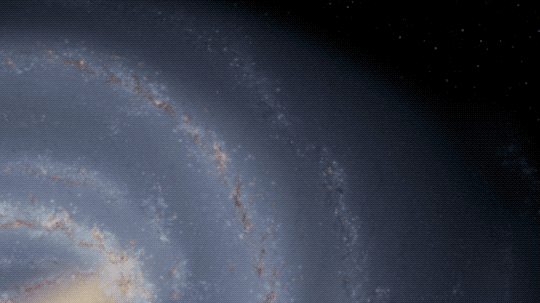
So where do cosmic rays come from? We should just be able to track them back to their source, right? Not exactly. Any time they run into a strong magnetic field on their way to Earth, they get deflected and bounce around like a game of cosmic pinball. So there’s no straight line to follow back to the source. Most of the cosmic rays from a single source don’t even make it to Earth for us to measure. They shoot off in a different direction while they’re pin balling.

Photo courtesy of Argonne National Laboratory
In 1949 Enrico Fermi — an Italian-American physicist, pioneer of high-energy physics and Fermi satellite namesake — suggested that cosmic rays might accelerate to their incredible speeds by ricocheting around inside the magnetic fields of interstellar gas clouds. And in 2013, the Fermi satellite showed that the expanding clouds of dust and gas produced by supernovas are a source of cosmic rays.

When a star explodes in a supernova, it produces a shock wave and rapidly expanding debris. Particles trapped by the supernova remnant magnetic field bounce around wildly.

Every now and then, they cross the shock wave and their energy ratchets up another notch. Eventually they become energetic enough to break free of the magnetic field and zip across space at nearly the speed of light — some of the fastest-traveling matter in the universe.

How can we track them back to supernovas when they don’t travel in a straight line, you ask? Very good question! We use something that does travel in a straight line — gamma rays (actual rays of light this time, on the more energetic end of the electromagnetic spectrum).
When the particles get across the shock wave, they interact with non-cosmic-ray particles in clouds of interstellar gas. Cosmic ray electrons produce gamma rays when they pass close to an atomic nucleus. Cosmic ray protons, on the other hand, produce gamma rays when they run into normal protons and produce another particle called a pion (Just hold on! We’re almost there!) which breaks down into two gamma rays.
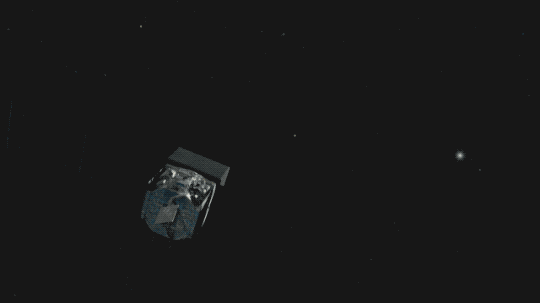
The proton- and electron-produced gamma rays are slightly different. Fermi data taken over four years showed that most of the gamma rays coming from some supernova remnants have the energy signatures of cosmic ray protons knocking into normal protons. That means supernova remnants really are powerful particle accelerators, creating a lot of the cosmic rays that we see!
There are still other cosmic ray sources on the table — like active galactic nuclei — and Fermi continues to look for them. Learn more about what Fermi’s discovered over the last 10 years and how we’re celebrating its accomplishments.
Make sure to follow us on Tumblr for your regular dose of space: http://nasa.tumblr.com.
2K notes
·
View notes
Text
look i don’t know anything about the olympics but…

…mood.
68K notes
·
View notes
Photo

Black Phillip , from the film The VVitch
“Wouldst thou like to to live deliciously”
(Staedtler Lumocolour pencil on black paper)
Prints, clothing, decor, etc. featuring this drawing:
https://www.redbubble.com/people/bonnierosebryan/works/26639841-black-phillip?asc=t via
2K notes
·
View notes
Text
Eclipse 2017 From Space
On Aug. 21, 2017, a total solar eclipse passed over North America. People throughout the continent captured incredible images of this celestial phenomenon. We and our partner agencies had a unique vantage point on the eclipse from space. Here are a few highlights from our fleet of satellites that observe the Sun, the Moon and Earth.
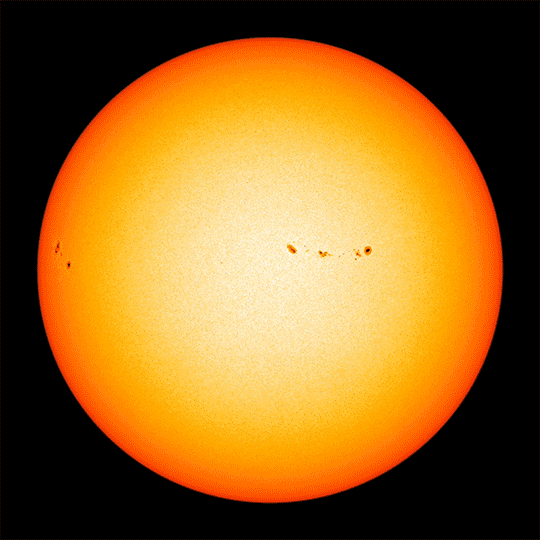
Our Solar Dynamics Observatory, or SDO, which watches the Sun nearly 24/7 from its orbit 3,000 miles above Earth, saw a partial eclipse on Aug. 21.
SDO sees the Moon cross in front of the Sun several times a year. However, these lunar transits don’t usually correspond to an eclipse here on Earth, and an eclipse on the ground doesn’t guarantee that SDO will see anything out of the ordinary. In this case, on Aug. 21, SDO did see the Moon briefly pass in front of the Sun at the same time that the Moon’s shadow passed over the eastern United States. From its view in space, SDO only saw 14 percent of the Sun blocked by the Moon, while most U.S. residents saw 60 percent blockage or more.

Six people saw the eclipse from the International Space Station. Viewing the eclipse from orbit were NASA’s Randy Bresnik, Jack Fischer and Peggy Whitson, the European Space Agency’s Paolo Nespoli, and Roscosmos’ Commander Fyodor Yurchikhin and Sergey Ryazanskiy. The space station crossed the path of the eclipse three times as it orbited above the continental United States at an altitude of 250 miles.
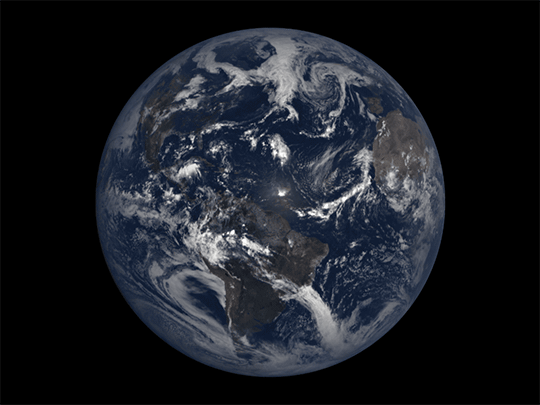
From a million miles out in space, our Earth Polychromatic Imaging Camera, or EPIC, instrument captured 12 natural color images of the Moon’s shadow crossing over North America. EPIC is aboard NOAA’s Deep Space Climate Observatory, or DSCOVR, where it photographs the full sunlit side of Earth every day, giving it a unique view of the shadow from total solar eclipses. EPIC normally takes about 20 to 22 images of Earth per day, so this animation appears to speed up the progression of the eclipse.
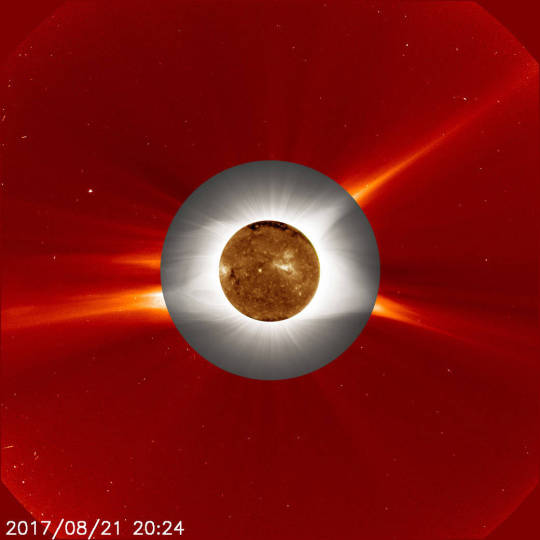
A ground-based image of the total solar eclipse – which looks like a gray ring – is superimposed over a red-toned image of the Sun’s atmosphere, called the corona. This view of the corona was captured by the European Space Agency and our Solar and Heliospheric Observatory, or SOHO. At center is an orange-toned image of the Sun’s surface as seen by our Solar Dynamics Observatory in extreme ultraviolet wavelengths of light.
During a total solar eclipse, ground-based telescopes can observe the lowest part of the solar corona in a way that can’t be done at any other time, as the Sun’s dim corona is normally obscured by the Sun’s bright light. The structure in the ground-based corona image — defined by giant magnetic fields sweeping out from the Sun’s surface — can clearly be seen extending into the outer image from the space-based telescope. The more scientists understand about the lower corona, the more they can understand what causes the constant outward stream of material called the solar wind, as well as occasional giant eruptions called coronal mass ejections.
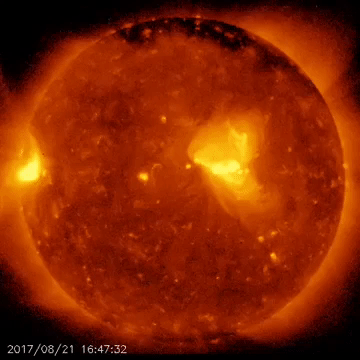
As millions of Americans watched the total solar eclipse that crossed the continental United States, the international Hinode solar observation satellite captured its own images of the awe-inspiring natural phenomenon. The images were taken with Hinode’s X-ray telescope, or XRT, as it flew above the Pacific Ocean, off the west coast of the United States, at an altitude of approximately 422 miles. Hinode is a joint endeavor by the Japan Aerospace Exploration Agency, the National Astronomical Observatory of Japan, the European Space Agency, the United Kingdom Space Agency and NASA.
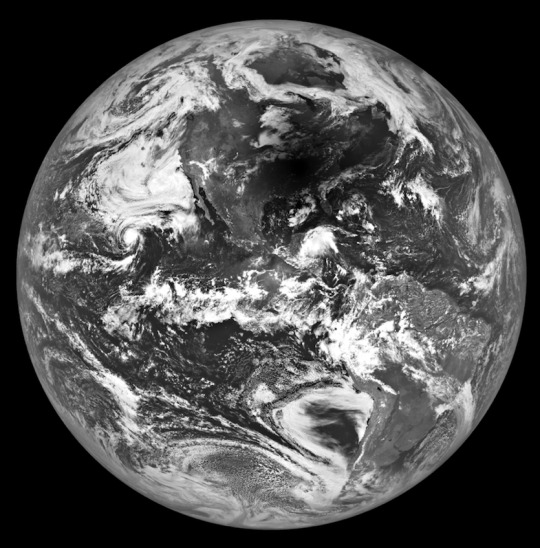
During the total solar eclipse our Lunar Reconnaissance Orbiter, or LRO, in orbit around the Moon, turned one of its instruments towards Earth to capture an image of the Moon’s shadow over a large region of the United States.
As LRO crossed the lunar south pole heading north at 3,579 mph, the shadow of the Moon was racing across the United States at 1,500 mph. A few minutes later, LRO began a slow 180-degree turn to look back at Earth, capturing an image of the eclipse very near the location where totality lasted the longest. The spacecraft’s Narrow Angle Camera began scanning Earth at 2:25:30 p.m. EDT and completed the image 18 seconds later.

Sensors on the polar-orbiting Terra and Suomi NPP satellites gathered data and imagery in swaths thousands of miles wide. The Moderate Resolution Imaging Spectroradiometer, or MODIS, sensor on Terra and Visible Infrared Imaging Radiometer Suite, or VIIRS, on Suomi NPP captured the data used to make this animation that alternates between two mosaics. Each mosaic is made with data from different overpasses that was collected at different times.

This full-disk geocolor image from NOAA/NASA’s GOES-16 shows the shadow of the Moon covering a large portion of the northwestern U.S. during the eclipse.
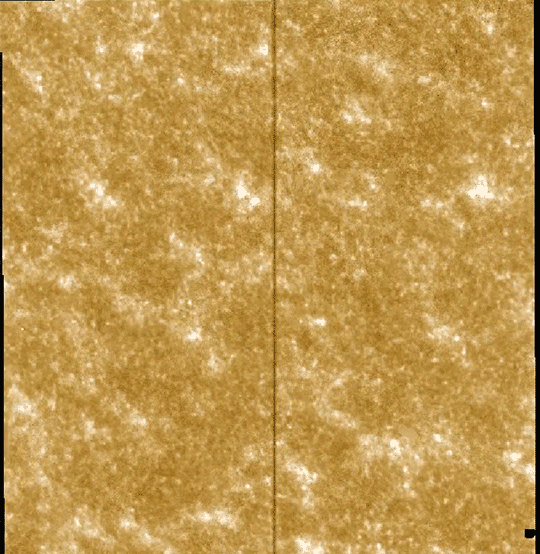
Our Interface Region Imaging Spectrograph, or IRIS, mission captured this view of the Moon passing in front of the Sun on Aug. 21.
youtube
Check out nasa.gov/eclipse to learn more about the Aug. 21, 2017, eclipse along with future eclipses, and follow us on Twitter for more satellite images like these: @NASASun, @NASAMoon, and @NASAEarth.
Make sure to follow us on Tumblr for your regular dose of space: http://nasa.tumblr.com.
2K notes
·
View notes






